Purpose
This is a team building exercise suitable for all ages and both the academic and professional world. The aim is to get a number of teams to work together on a common task and understand the importance of working towards a particular target. You can easily customise the exercise to explore a variety of concepts on management and teamwork.
The main task in this exercise involves creating a menu for a particular event. Groups get to create, share and defend their choices which allow you to explore topics such as teamwork, leadership, problem solving, goal setting, cooperation, negotiation and persuasion.
Objective
Create a menu based on the criteria provided.
What You Need
- Papers
Setup
Part 1:
- Divide the delegates to groups of about 3 or 4. Ideally aim to have 3 groups and no more than 5 groups.
- Explain that each group is tasked to create part of a menu for a given occasion. You, as the tutor, must decide up front what this occasion is and then brief the delegates on it. For example, consider the following examples:
- A dinner for company Christmas Party
- A dinner for the Managing Director’s 50th birthday party.
- A dinner for an award ceremony
- A dinner for VIPs attending a conference
- Ask groups to decide between themselves which course they want to focus on. For example, group A can design the main course while group B can design the dessert and so on. Groups must declare what they are working on so no two groups get to work on the same course.
- Allocate 15 minutes for groups to embark on this task. They must design and then record their menus on paper.
- After the allocated time, ask them to provide and share their menus.
- Now ask the delegates if they have considered any success criteria. How do they know that their menu has worked?
- In groups, ask them to brainstorm these criteria and record them on paper. This may lead them to ask you questions about the details of the settings. Answer based on the case you have selected. Again you must have a clear idea for the setting so you can answer these questions.
- Allocate 5 minutes for this part.
- Now ask groups to revisit their menus and update them based on the identified success criteria.
- Allocate another 5 minutes for this part.
- Bring everyone back together and ask them to share their menus and criteria together.
- Follow with a discussion.
Part 2:
- In this part, get all groups to work together to finalise a menu.
- Observe them as they go through this task. Consider the following:
- Each group has already designed a part of the menu, but simply putting these parts together to create a final menu may not be appropriate.
- Teams must therefore work together to design the final menu based on what they have already designed.
- It also means they must harmonise their success criteria, which would require negotiation, persuasion and cooperation.
- Now that all teams are working together, it can quickly lead to a lot of debate with few results as more people express more opinions. They can approach this chaos in a number of ways such as the following:
- Set up a rule so that only each group’s nominated leader can talk.
- One person can be assigned as a facilitator to coordinate the brainstorming and decision making process.
- Make note of your observations so you can provide feedback during debriefing.
- Allocate 20 minutes for this part.
- Follow with a discussion.
Timing
Explaining the Exercise: 5 minutes
Activity:
- Part 1: 15 min design menu + 5 min success criteria + 5 min redesign of menu + 10 min sharing = 35 minutes
- Part 2: 20 minutes
- Total for Part 1 and 2: 55 minutes
Group Feedback: 10 min Part 1 + 10 min Part 2 = 20 minutes
Discussion
For Part 1:
- When designing your menu initially, did you consider how to measure its success?
- When you considered the criteria, did you have to change your menu? If so what does this suggest?
- How did you approach the task as a team?
- Did you nominate a leader to facilitate communication?
- Did you spend time researching or finding out more about the event (such as by asking questions from the tutor) before creating a menu?
- Did you end up selecting food that you like yourself rather than targeting a particular audience and setting? For example, spaghetti might be nice, but can be inappropriate for a high profile VIP dinner where everyone is wearing their nice suits.
For Part 2:
- How did you approach the task?
- Did you setup a system so that the brainstorming session does not get out of hand and remain productive?
- Did you use any systematic group decision making?
- On what basis are you all now confident that your overall menu would work?
Soft Skills Training Materials
Get downloadable training materials
Online Train the Trainer Course:
Core Skills
Learn How to Become the Best Trainer in Your Field
All Tags
Training Resources for You

Course Design Strategy
Available as paperback and ebook

Free Training Resources
Download a free comprehensive training package including training guidelines, soft skills training activities, assessment forms and useful training resources that you can use to enhance your courses.

Our Comprehensive Guide to Body Language

Train the Trainer Resources
Get Insights - Read Guides and Books - Attend Courses
Training Materials
Get downloadable training materials on: Management Training, Personal Development, Interpersonal Development, Human Resources, and Sales & Marketing





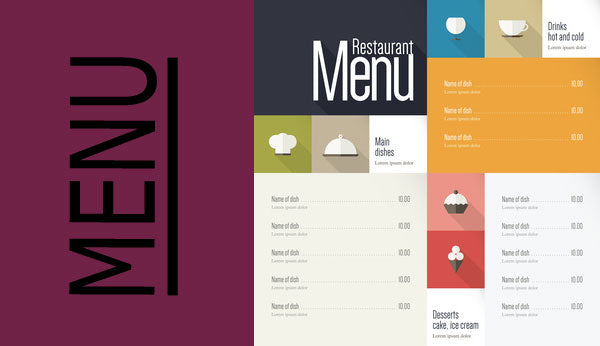


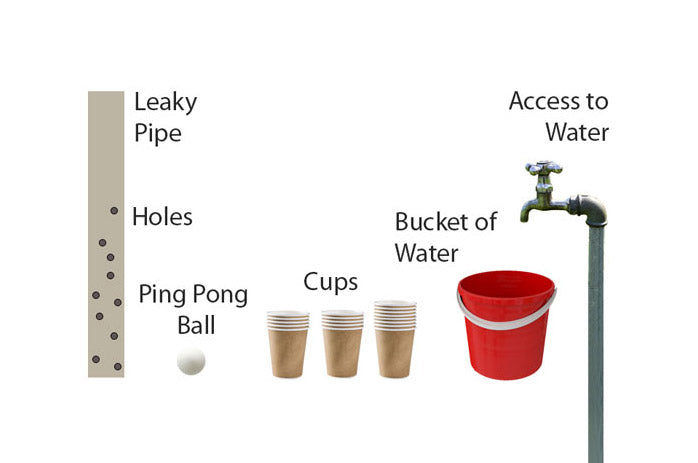
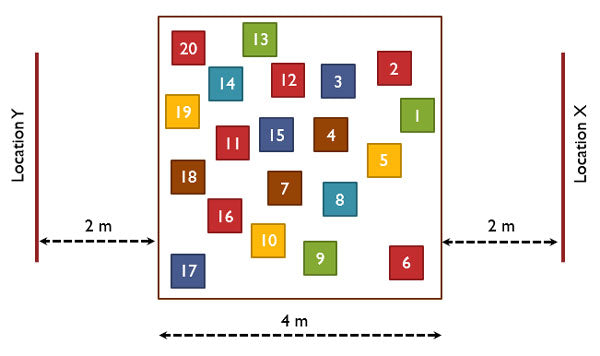
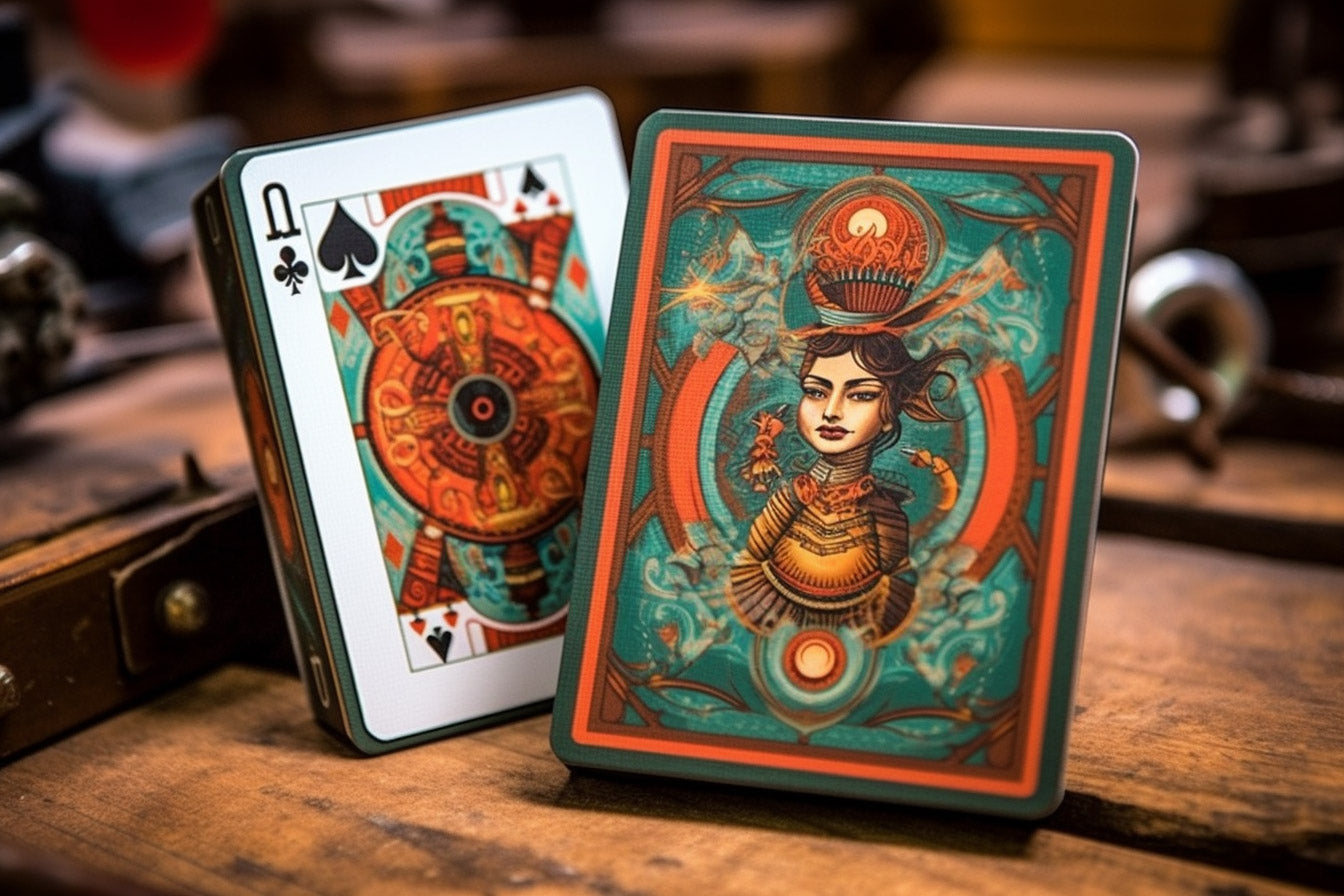
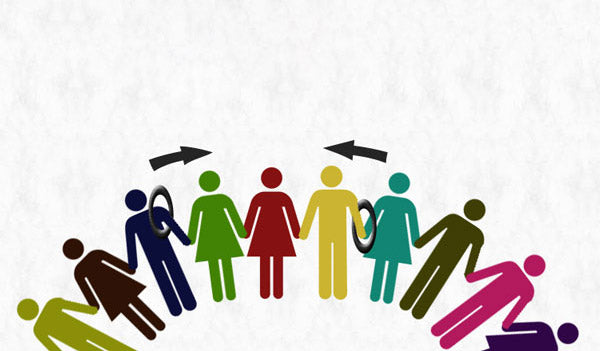
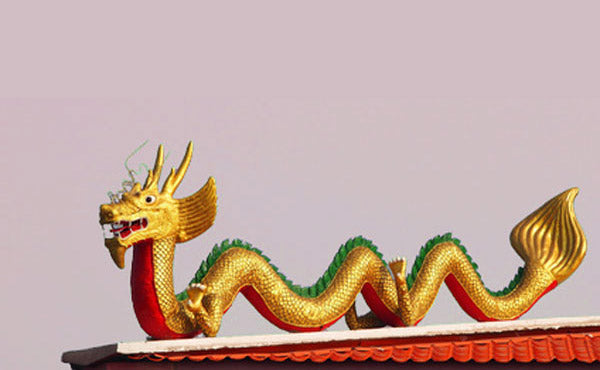
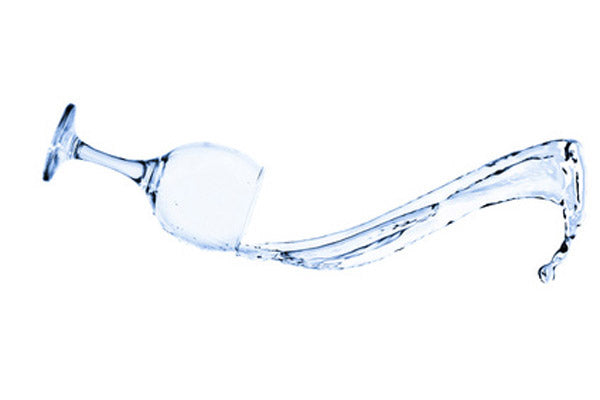
Leave a comment
All comments are moderated before being published.
This site is protected by hCaptcha and the hCaptcha Privacy Policy and Terms of Service apply.